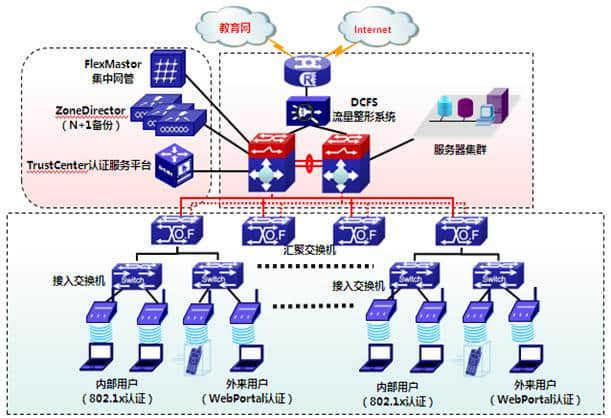-
simplified Chinese character -
Simplified Chinese English
Shangpin China Joins Hands with Beisheng Internet to Create a New Chapter in Website Construction
Internet interconnection and campus network

Station building process
-
Website requirements -
Website planning scheme -
Page design style -
Confirm delivery for use -
Data entry optimization -
Program design and development -
Follow up service -
contact number 010-60259772
Hot tags
-
Website construction -
Food website construction -
WeChat applet development -
Applet development -
Wuxi website construction -
Website construction of research institute -
Shenyang website construction -
Langfang website construction -
Zhengzhou website construction -
Construction of wedding photography website -
Mobile terminal website construction -
University website production -
Tianjin website construction -
Education website construction -
Brand website construction -
Government website construction -
Beijing website construction -
Website design -
Website production
Latest articles
-

Website construction scheme: Fresh makeup aesthetics website Type: website construction 2025-03-13 -

Enterprise website construction plan: create a new business card for the network and open the digital future Type: website construction 2025-03-11 -

High end website production solution Type: website construction 2025-02-18
Recommended News
-
Tips for SEO to keep good search engine spiders Search engine spiders are crucial to the friendliness of a website, so how to keep them 2013-02-15 -
Overview of website design layer Layer is a new website design concept, which is reflected in many products 2015-07-08 -
What are the purposes of enterprise website construction? As more and more modern enterprises gain popularity and sales performance from these websites, they have no self 2019-08-30 -
How to build websites from the perspective of SEO Website optimization and website construction is a long-term process. Here is a summary of nine points from the perspective of SEO 2013-07-19 -
Give priority to website speed in website production In website production, it is very important to give priority to website speed. Generally speaking, users will lose the experience of slow websites 2024-04-27 -
Impact of Baidu algorithm on SEO optimization So I can't verify that what I said above is not helpful for ranking. Blog does not hang any alliance wide 2013-06-21
Make an appointment with a professional consultant to communicate!
Disclaimer



